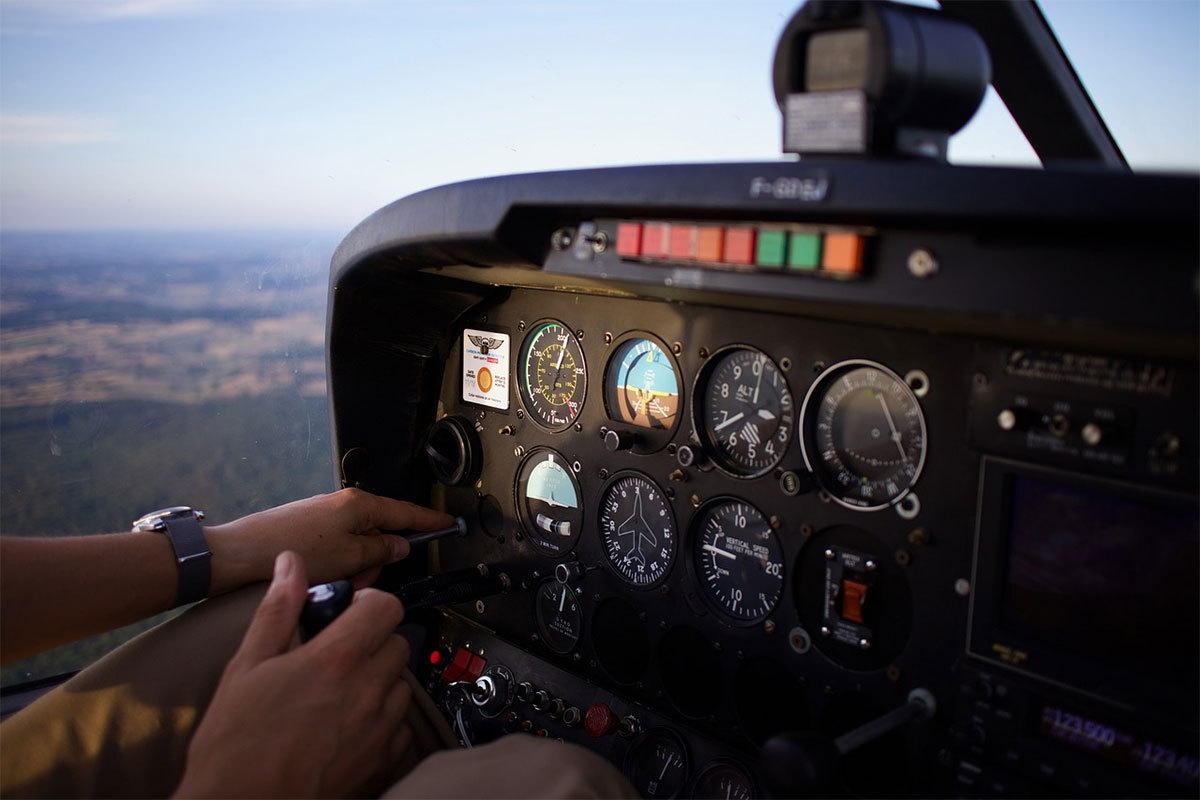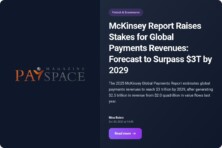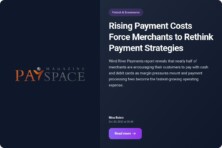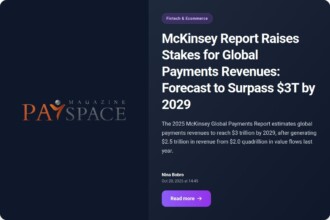When it comes to pursuing a career in aviation, becoming a pilot is an exciting and fulfilling path. However, one aspect that can often be confusing for aspiring pilots is understanding pilot course prices. With various factors and variables affecting the cost, it can seem overwhelming at first. In this post, we will break down the elements that contribute to pilot course prices and provide easy ways to understand them.

Understanding the Factors Influencing Pilot Course Prices
1. Type of Pilot License
The type of pilot license you aim to acquire plays a significant role in determining the pilot course price you have to pay. There are different levels of licenses, including private pilot licenses (PPL), commercial pilot licenses (CPL), and airline transport pilot licenses (ATPL). Each license has specific training requirements and associated costs.
2. Training Hours Required
The number of flight hours required to complete the training is another crucial factor in assessing pilot course prices. Different certifications have varying minimum-hour requirements mandated by aviation authorities like the Federal Aviation Administration (FAA) or the European Aviation Safety Agency (EASA). Additional flight hours can impact the overall cost.
3. Flight School Reputation
The reputation and prestige of a flight school influence its pricing structure. Establishments with a solid track record and experienced instructors may charge higher fees due to demand. It’s worth noting that choosing a well-regarded flight school might enhance your skills as a trainee, improving employment opportunities in the future.
4. Aircraft Rental Fees
Most flight schools include aircraft rental fees within their overall package costs for instruction, fuel, insurance, and maintenance expenses. The size, type, and age of an aircraft significantly impact these charges. Larger aircraft or advanced models tend to have higher rental fees compared to smaller ones or older models.
5. Learning Materials and Textbooks
To obtain an FAA or EASA-approved license, pilots are required to study from specific textbooks and learning materials. Flight schools usually include these in their course packages. However, the quality and range of learning materials offered can vary between institutions, impacting pricing.
6. Instructor Fees
The caliber and expertise of the flight instructors directly influence pilot course prices. Instructors with extensive experience or specialist knowledge often charge higher fees due to their increased market value. When searching for a flight school, it is important to consider the instructor’s qualifications, as it can affect the overall quality of your training.
7. Examination and Licensing Fees
Examination and licensing fees imposed by regulatory authorities should also be factored into the total cost of pilot training. These fees cover written, oral, and practical exams necessary for obtaining licenses at different stages of training.
8. Location
The geographical location of a flight school has an impact on its pricing structure due to regional factors such as local economy, cost of living, aviation resources availability, and rental expenses. Flight schools located in major cities or regions with high aircraft traffic may have higher trainer prices compared to those situated in rural areas.
Making Pilot Course Prices Understandable
1) Thorough Research
To gain a clearer understanding of pilot course prices, individuals should conduct comprehensive research by comparing multiple flight schools’ offerings. Examine their websites, read reviews from current or former students, reach out for detailed price breakdowns over email or phone conversations – all these steps will help gauge realistic expectations regarding costs involved precisely.
2) Seek Opinions & Recommendations
Networking with experienced pilots or seeking advice from aviation professionals can provide valuable insights on selecting affordable yet reputable flight schools. Taking advantage of online forums or joining pilot communities is an excellent way to engage in discussions about pilot training costs and gain knowledge from industry experts.
3) Plan Your Finances
Understanding your financial situation plays a critical role in mapping out the affordability factor while pursuing pilot training. Besides tuition fees, aspiring pilots need to budget for living expenses during their training period to prevent any financial constraints.
4) Budgeting
Create a budget plan by estimating the total cost of pilot training, factoring in all applicable fees and expenses. Break down expenses like flight hours, instructional fees, aircraft rental charges, examination fees, learning materials costs, and accommodation. Allocating funds appropriately will help you monitor and streamline your expenditures.
Conclusion
Understanding and evaluating pilot course prices is essential for anyone aspiring to become a pilot. By considering the various factors influencing pilot course costs, as highlighted in this article, individuals can make informed decisions about their training choices. Conduct thorough research and seek recommendations from industry professionals to find reputable flight schools that offer optimal value for money in line with personal budgets.









